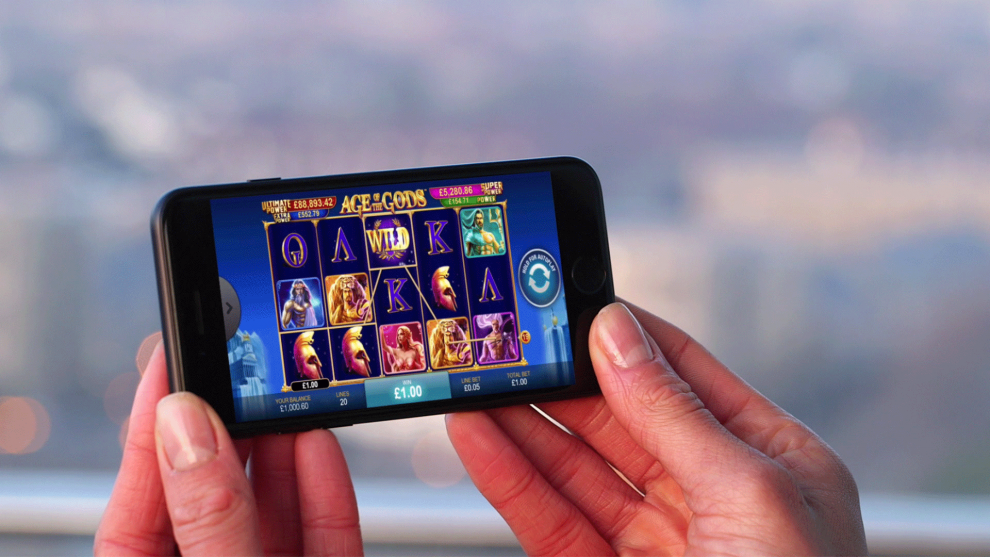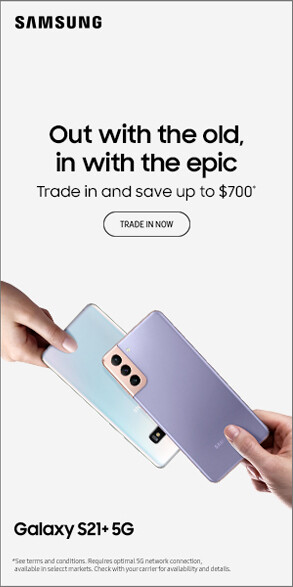Play without downloading
We take responsible gaming seriously. Gambling should always be fun, not a source of stress or harm. If you ever feel it’s becoming a problem, urgently contact a helpline in your country for immediate support https://hare-and-hounds.com/.
With Play’n GO, you get a mobile-first software provider. The brand makes sure players can spin on any device, and you can confirm with titles like Book of Dead and Reactoonz. These casino games mobile options have unique narratives and cascading reels. However, what you’ll love most is the bold and colorful graphics.
Even though Tic-Tac-Toe, Snake, and a handful of other mobile games came pre-installed on mobile devices during the late 1990’s, there was, unfortunately, no way people could buy and download additional mobile games onto their mobile phones at the time. This is where Wireless Application Protocol (WAP) stepped in. WAP was a ground-breaking achievement in the world of mobile gaming which enabled mobile phones to connect to the World Wide Web where people could download data onto their mobile devices. WAP was basically a stripped down version of the standard internet protocol we know today as HTTP.

Deposits and withdrawals
When a withdrawal is made, the money is debited from the account holder’s account and is no longer available for use. Depending on the type of account and the institution holding the account, withdrawals may be subject to certain restrictions or requirements. For example, some accounts may have limits on the number of withdrawals that can be made, or may require a minimum balance to be maintained.
Grasping the distinction between deposits and withdrawals is very important, especially in these modern times when technology has shaped how we handle our finances. With growing users moving towards virtual cards with LinkPay and other online solutions, these are must-grand standards. This guide will discuss the specific methods and details outlining deposit and withdrawal, as current banking requires the user to be well informed on these processes.
A deposit is an amount of money that is placed into a bank account, investment account, or other type of financial account. Deposits can be made in a variety of ways, such as with cash, check, or electronic transfer. The money deposited into an account can be used for a variety of purposes, such as saving for a future purchase or earning interest.

When a withdrawal is made, the money is debited from the account holder’s account and is no longer available for use. Depending on the type of account and the institution holding the account, withdrawals may be subject to certain restrictions or requirements. For example, some accounts may have limits on the number of withdrawals that can be made, or may require a minimum balance to be maintained.
Grasping the distinction between deposits and withdrawals is very important, especially in these modern times when technology has shaped how we handle our finances. With growing users moving towards virtual cards with LinkPay and other online solutions, these are must-grand standards. This guide will discuss the specific methods and details outlining deposit and withdrawal, as current banking requires the user to be well informed on these processes.
Secure payments
So, what makes digital wallets safe? Digital wallets typically utilize advanced encryption and authentication techniques to enhance security. Instead of sharing the actual payment details, digital wallets may use a token or a unique identifier to complete the transaction.
Een beveiligd betaalsysteem (SPS) is een gespecialiseerde infrastructuur die zorgt voor de veilige verwerking en overdracht van financiële transacties, met name in digitale ruimten, en is belangrijk voor het beperken van risico’s zoals fraude en onbevoegde toegang.
What’s more, without a secure payment process, customers may not feel safe buying from your business. Research found that 75% of consumers felt ready to sever ties with a brand after a cybersecurity issue. Shopify includes built-in tools and resources, like encryption and PCI compliance, to make payment security easy—but it never hurts to take a proactive approach. Your customers, and your bottom line, will thank you.







